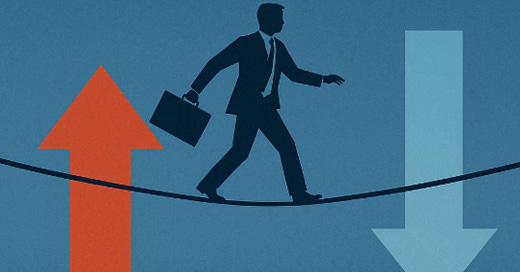Discover Your Path to Financial Success! Kick-start your journey with a personalized touch – Let's chat! Click here to get in touch!
Your thoughts matter! Share your feedback on the content in the comments below.
In today’s ever-shifting economic landscape, two words often dominate headlines and fuel public concern: “Inflation” and “Recession”. Though distinct in definition and impact, these forces are deeply interconnected, shaping consumer behavior, business decisions, and policy responses. Inflation erodes purchasing power as prices soar, while recession signals economic contraction and rising unemployment. This edition of our newsletter dives into the depth of both phenomena, understanding a few concepts about inflation and recession.
Definition
Inflation signifies the continuous rise in the market price of goods and services, and subsequently, the purchasing power of currency is falling. It's often described as "too much money chasing too few goods." This can be triggered by robust consumer demand (a booming economy, wage growth) or by supply-side shocks that increase production costs (supply chain disruption, geopolitical events). A moderate level of inflation is generally considered a sign of a healthy, growing economy.
In contrast, a recession is not merely a slowdown but a significant, widespread, and prolonged downturn in economic activity. While a common rule of thumb is two consecutive quarters of negative Gross Domestic Product (GDP) growth, the official arbiter in the U.S., the National Bureau of Economic Research (NBER), uses a broader set of data. It defines a recession by a significant decline in real GDP, real income, employment, industrial production, and wholesale-retail sales.





